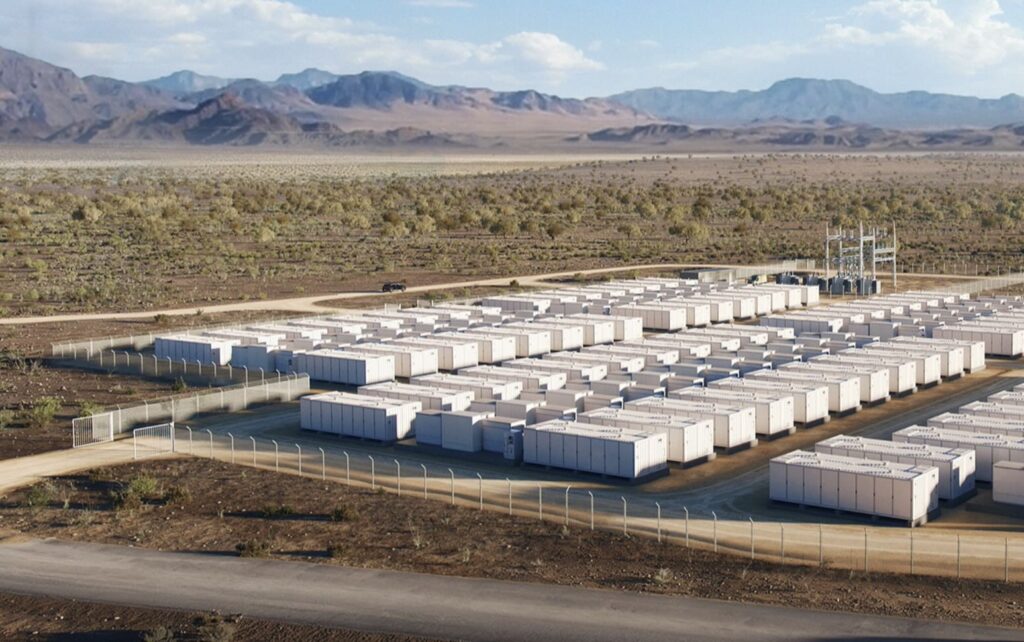
Screenshot
US-listed Energy Vault has received final approval to acquire its largest battery storage project, the 125 megawatt (MW)/1,000 megawatt-hour (MWh) Stoney Creek eight-hour battery project near Narrabri in New South Wales. This pivotal deal was concluded last week after the Australian Government’s Foreign Investment Review Board (FIRB) sanctioned the acquisition, initially announced in March.
“The formal acquisition of Stoney Creek represents a first and very significant milestone in Energy Vault’s long-term investment strategy for Australia,” stated Robert Piconi, chairman and CEO of Energy Vault. The project is one of three awarded a 14-year Long Term Energy Service Agreement (LTESA) as part of the New South Wales Government’s fifth Long Duration Energy Storage (LDES) tender earlier this year.
Strategic Expansion and Technological Innovation
Energy Vault first garnered attention in 2019 following a substantial capital raise aimed at developing its innovative gravity-based energy storage technology. Despite challenges, the company has made strides in project development, including the completion of a facility in China. Now, Energy Vault is pivoting towards establishing itself as an independent power producer (IPP) with a focus on lithium-ion-based assets.
In a strategic move, the company has secured an “exclusivity agreement” for a $US300 million preferred equity investment to launch a dedicated storage IPP subsidiary, “Asset Vault.” This entity will function as an engineering, procurement, and construction (EPC) business to oversee the construction of Stoney Creek and additional projects totaling over 1.5 gigawatts (GW).
Portfolio Growth and Financial Performance
Energy Vault has developed two battery storage projects in the United States, notably the Calistoga Resiliency Center (CRC), an 8.5MW/293MWh long-duration storage complex integrating hydrogen fuel cells and lithium-ion batteries. The company’s Australian energy storage projects, now comprising the majority of its global portfolio, amount to 2.8GWh.
Among these projects are the shorter duration 250 MW/1,000 MWh Meadow Creek Battery Energy Storage System (BESS) adjacent to a 330 MW solar farm in Victoria, and a 100 MW/800 MWh BESS. Despite these developments, Energy Vault reported an increased net loss of $US18.2 million for the June quarter, up from $US13.4 million in the same period last year.
“The Stoney Creek battery is projected to generate earnings of approximately $US20 million annually once operational in 2027,” said Piconi.
Looking Ahead: Market Impact and Future Prospects
Energy Vault’s strategic moves highlight its commitment to expanding its footprint in the energy storage sector, particularly in Australia. The company anticipates a significant boost in annual revenues, estimated between $US200 million and $US250 million, reflecting the timing of U.S. battery deliveries and project timelines.
The announcement comes as the global energy storage market continues to evolve, driven by increasing demand for renewable energy solutions and grid stability. Energy Vault’s innovative approach and strategic investments position it well to capitalize on these trends.
As the company navigates financial challenges and strives to meet its ambitious project timelines, industry analysts will be closely watching its progress. The successful execution of the Stoney Creek project could serve as a catalyst for further growth and solidify Energy Vault’s position as a leader in the energy storage industry.







